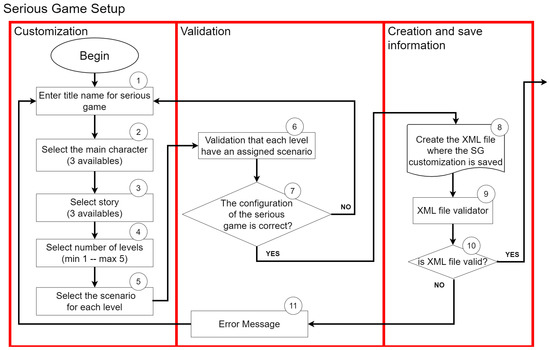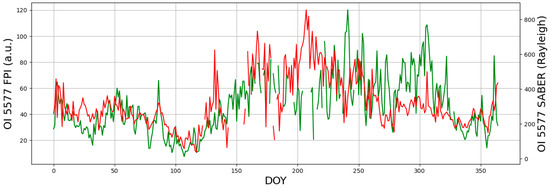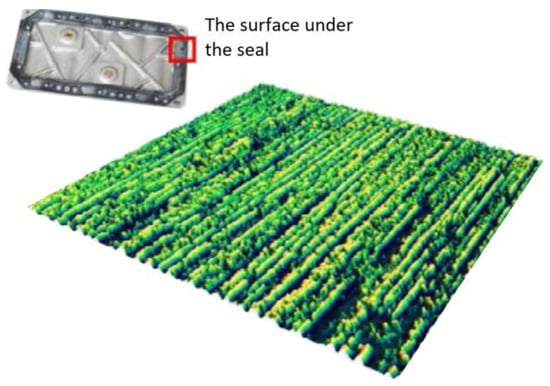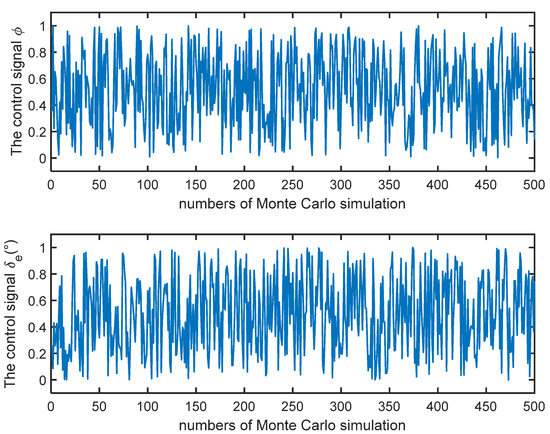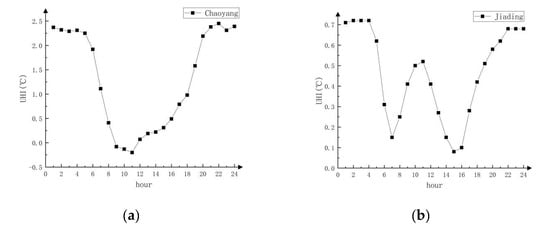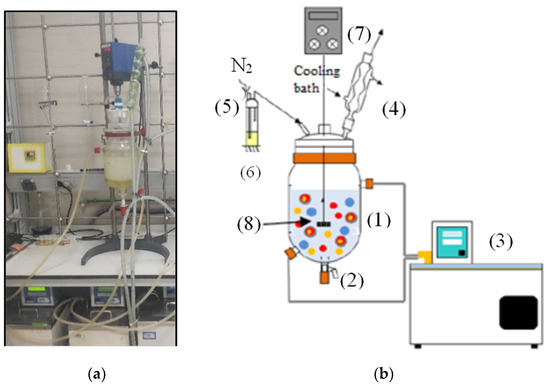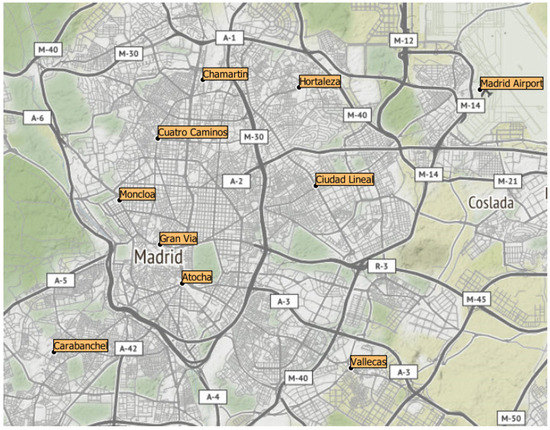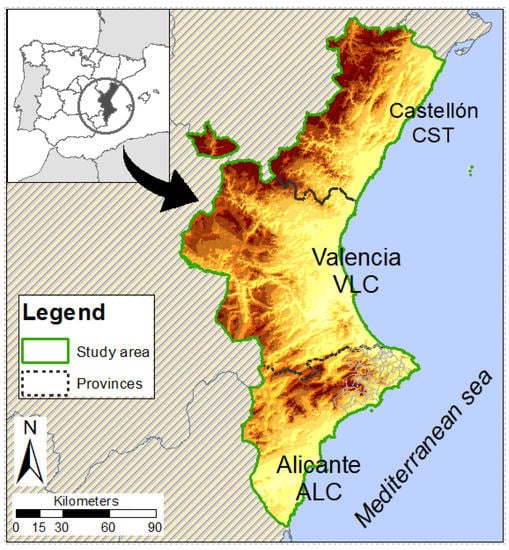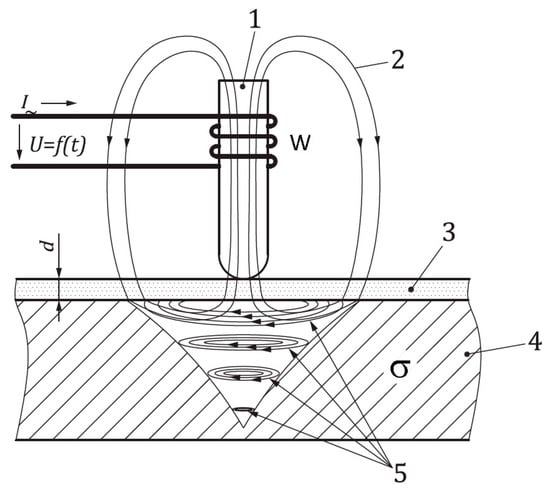1
Facultad de Estadística e Informática, Universidad Veracruzana, Av. Xalapa, Col. Obrero Campesina, Xalapa-Enríquez 91020, Veracruz, Mexico
2
Facultad de Estadística e Informática, CONACYT-Universidad Veracruzana, Av. Xalapa, Col. Obrero Campesina, Xalapa-Enríquez 91020, Veracruz, Mexico
3
Technological Institute of Orizaba, Tecnológico Nacional de México, Av. Oriente 9, 852, Col. Emiliano Zapata, Orizaba 94320, Veracruz, Mexico
Appl. Sci. 2023, 13(8), 5158; https://doi.org/10.3390/app13085158 - 20 Apr 2023
Viewed by 2453
Abstract
Serious games (SG), (video games with an educational purpose), provide teachers with tools to strengthen their students’ knowledge. Developing a SG requires knowledge, time, and effort. As a result, specialized tools to aid in the development process are needed. This work presents a
[...] Read more.
Serious games (SG), (video games with an educational purpose), provide teachers with tools to strengthen their students’ knowledge. Developing a SG requires knowledge, time, and effort. As a result, specialized tools to aid in the development process are needed. This work presents a model for the development of SG in the platformer genre. A tool implementing the model is introduced as a proof of concept. A SG was generated using this tool, which in turn was evaluated in terms of gameplay, mechanics, story, and usability. The evaluation results show that the SG has the minimum elements requested by an audience of students, who were expecting a game with both entertaining and educational value. Furthermore, the results are satisfactory in three out of four areas, showing that there are opportunities for improvement regarding the game’s story. Our work intends to improve the development times of new SG, as well as to make them easier to develop by both software engineers and teachers who wish to implement them in their classrooms.
Full article
(This article belongs to the Special Issue Novel Approaches and Technologies for Software Engineering and IT Management)
▼
Show Figures

